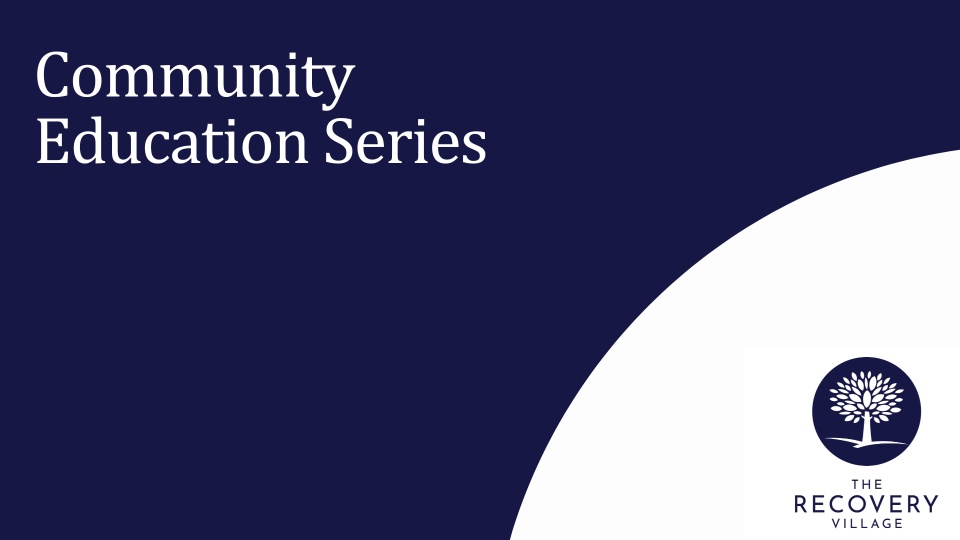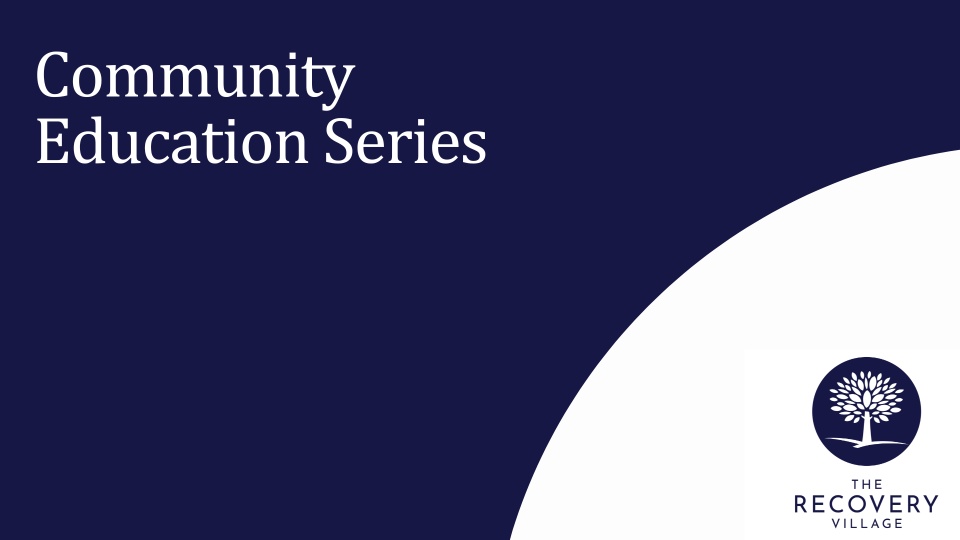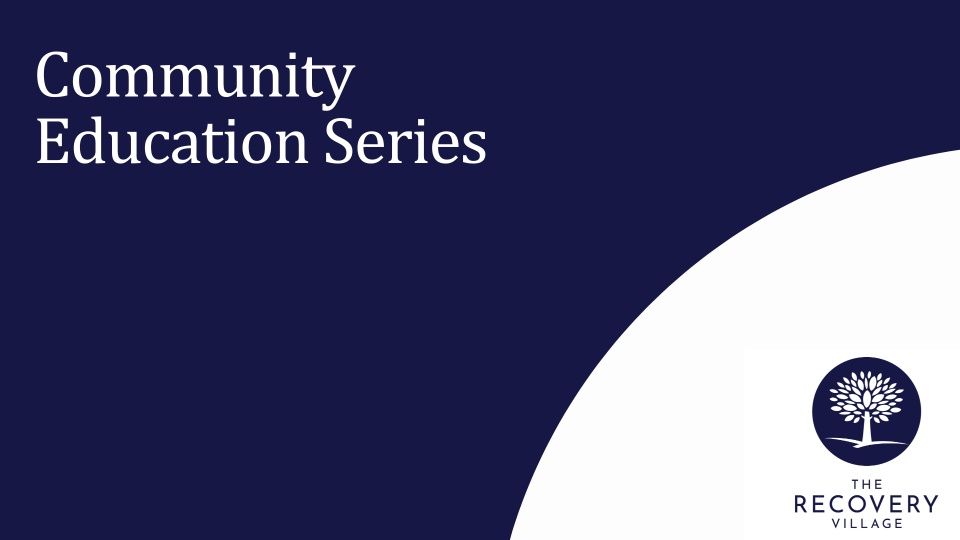Objectives and Summary:
Family case management is a step-by-step process that helps families assess the impact of addiction on the family system and take the steps towards healing. Kevin Petersen works as a licensed marriage and family therapist who specializes in addiction recovery, and he created an intensive program that focuses on helping both addicted individuals and their families find and maintain recovery together.
After watching his presentation, the viewer will be able to:
- Form a better plan of how to be supportive of an addicted family member while also supporting oneself
- As a mental health care professional, find new ways to provide treatment for addicted individuals and their families
- Understand the processes and techniques required to build a foundational platform from which recovery can flourish









